Advertisement
Journalists discuss haunting photos from Gaza and the choice to print them
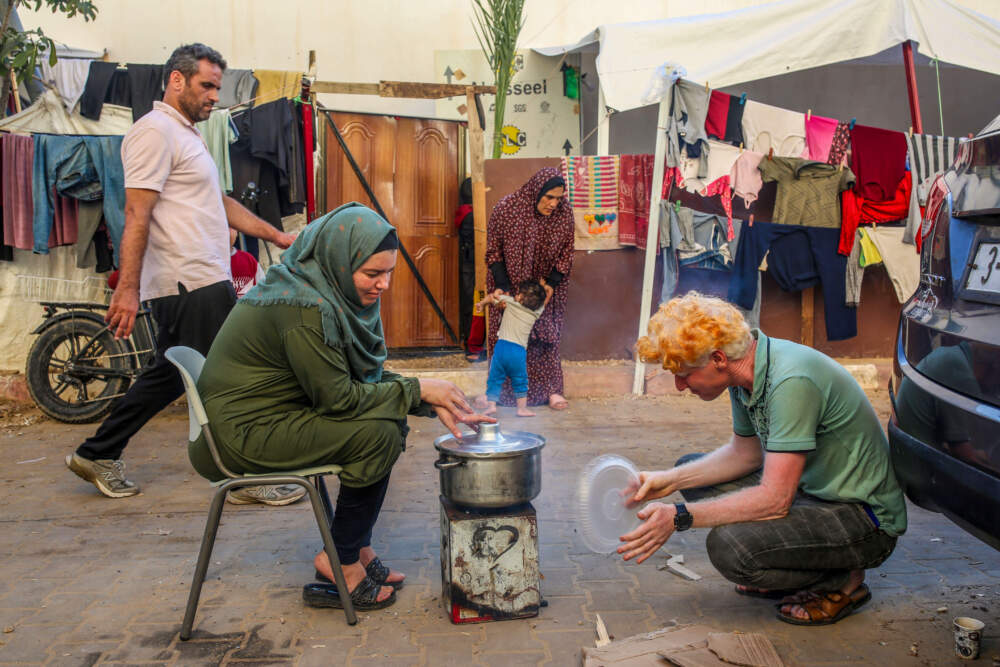
Editor's Note: This post contains images from the war in Gaza originally published by the New York Times. Many may find the photographs below graphic and disturbing, as the journalistic works document human suffering and children killed in the war. This interview was conducted in March of 2024.
New York Times journalist Samar Abu Elouf cried as she photographed a young boy in the rubble in Gaza, his face contorted with grief, stroking the face of his lifeless little sister. She says he cried out for his mother as she took the picture.
That photo became part of her photo spread titled Portraits of Gaza, published in February 2024. The series documents the impact of Israeli airstrikes on Gazans since Oct. 2023, following the Hamas-led’ attack on Israel, which killed more than 1,200 people. Through her photos, she says she tried to show human stories, people with dreams and ambitions, not just numbers in the total of casualties.
Abu Elouf is a Palestinian from Gaza and said that the stories of the people she photographed made her increasingly concerned about her own family. She traveled to Gaza with veteran journalist Declan Walsh, who wrote the text for her photographs. Abu Elouf and her family were evacuated from Gaza by the New York Times.
“Samar is a mother at heart, and she left because she wanted her children to be safe,” Walsh says, “but her heart remained in Gaza.”
Walsh says that Palestinian journalists in Gaza had no choice but to document their own community’s suffering since international journalists weren’t allowed into the region.
“As I understand it from Samar now, she was torn between her great professionalism and desire to bear witness,” Walsh says, “and of course the need to keep her family safe.”
Even though the photos are graphic and hard to look at, Walsh and New York Times senior photo editor Mona Boshnaq emphasized the importance of documenting war zones. Boshnaq says it’s a tough line to draw; editors want to show the human side and atrocities of war but often avoid photos so gory or gruesome that people will disengage with the coverage when they see them.
“Our job as journalists in bearing witness to that is to give our readers a sense of the breadth of the suffering and of human experience in these really excruciating situations,” Walsh says.
Advertisement
Stories behind the photographs told by Declan Walsh and Mona Boshnaq
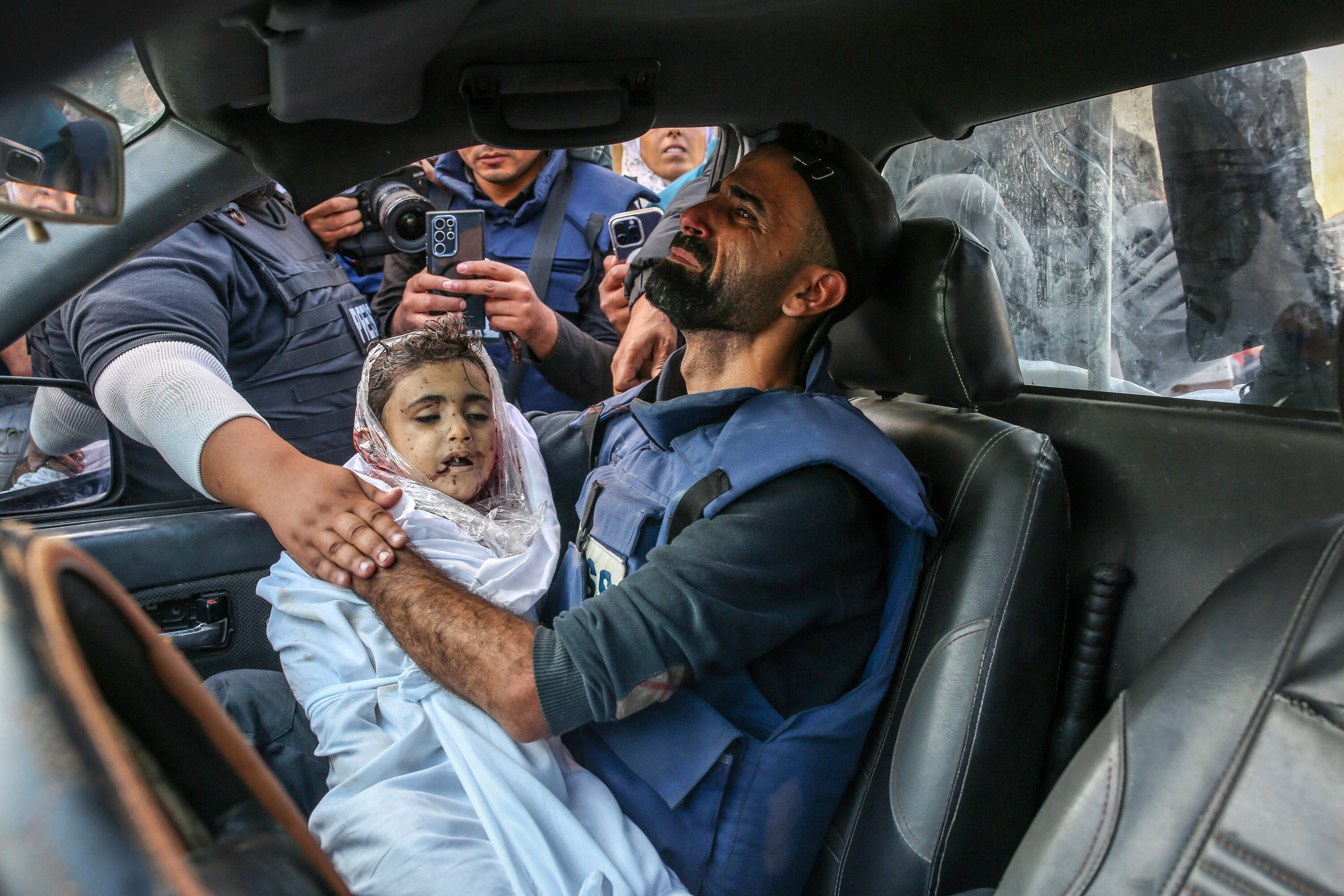
Declan Walsh: “Mohammed, just like Samar, very typical of this core of Palestinian journalists, who have really been the eyes and ears of the world. And in his case, resulted really in this excruciating loss. Here's this man who really hadn't been seeing very much of his family since the war started. He worked for a Turkish news agency.
“He had been away from home most of the time, covering the impact of mostly Israeli airstrikes. And then one day, according to the reporting we had, really his worst fears came true when he got a call from some of his colleagues who said, ‘An airstrike has struck what we think is your home.’ And then there was just this chaotic sequence of events which resulted in him finding that four of his own five children had been killed.”
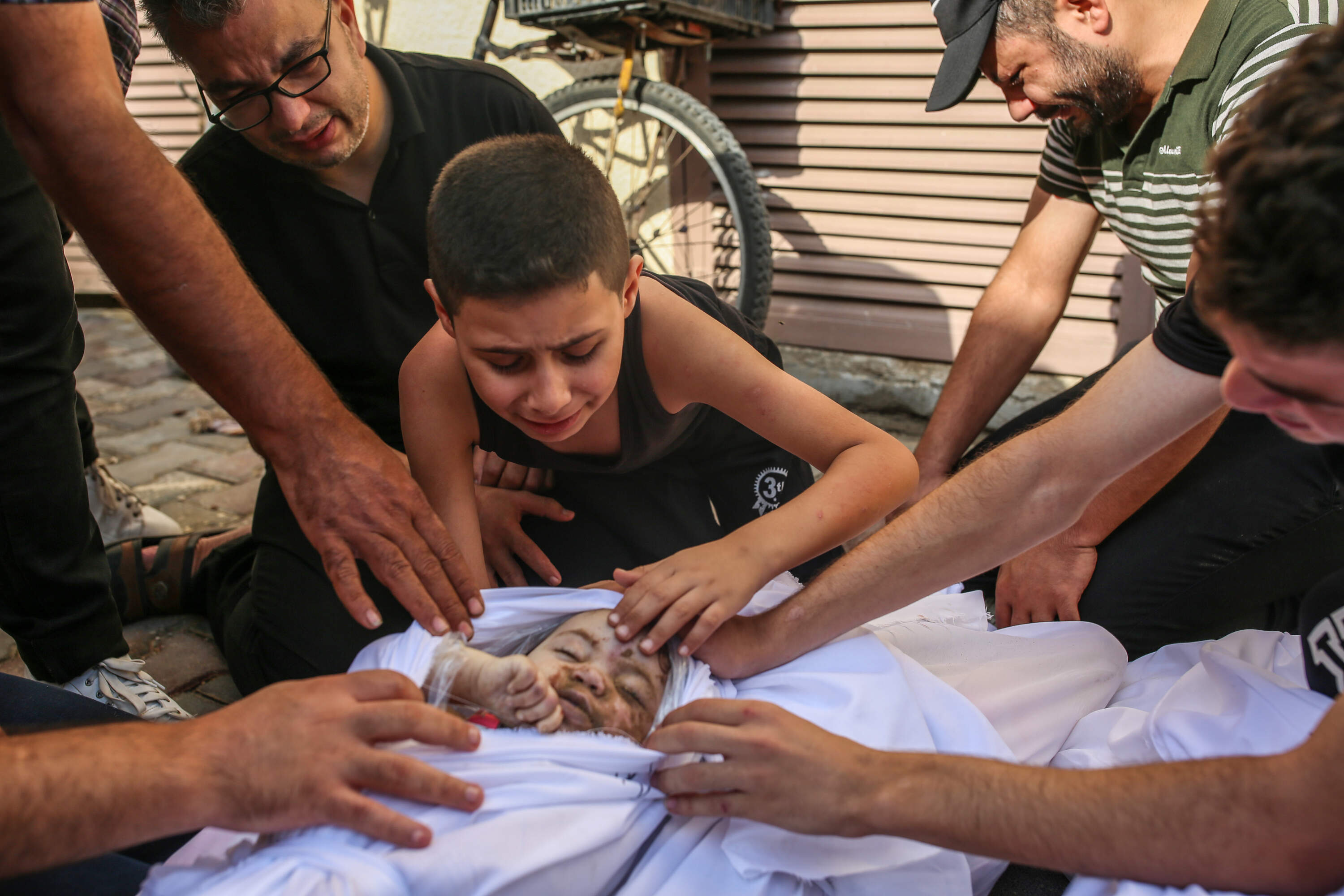
Mona Boshnaq: “Khaled is in Gaza with one of his brothers — his younger brother, a seven-year-old — who also survived the attack. They were taken care of by their uncles, and his younger brother had wounds from the attack.
“Samar ran into them weeks after she took that incredibly-powerful photo, she ran into them at the hospital while Khaled and his brother were there basically for treatment. And she visited them. And to our knowledge, they still remain in Gaza.”
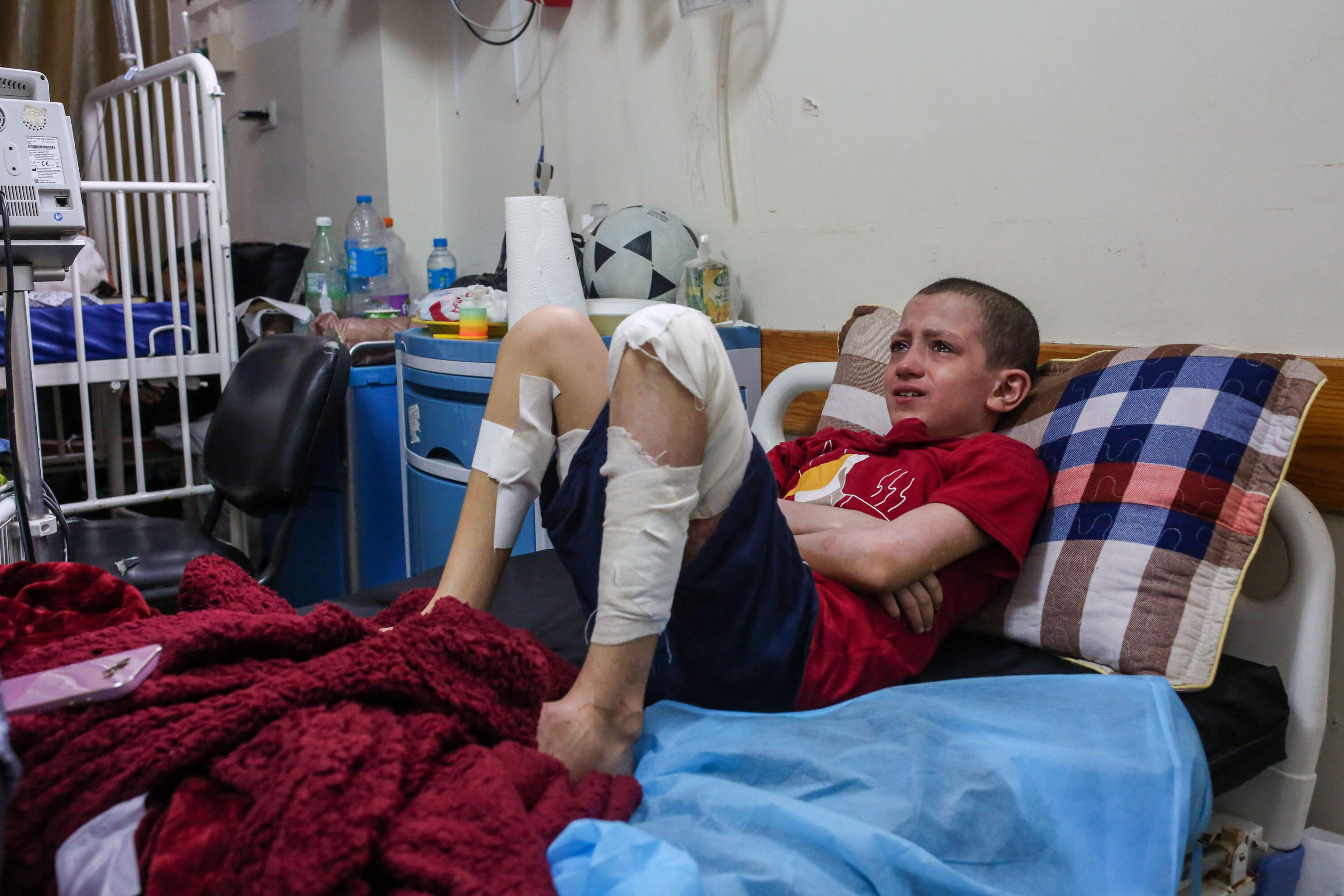
Walsh: “Part of the goal for us was to show those incredibly stark images we've been talking about. But part of the brief was also to show the stories of survival.”
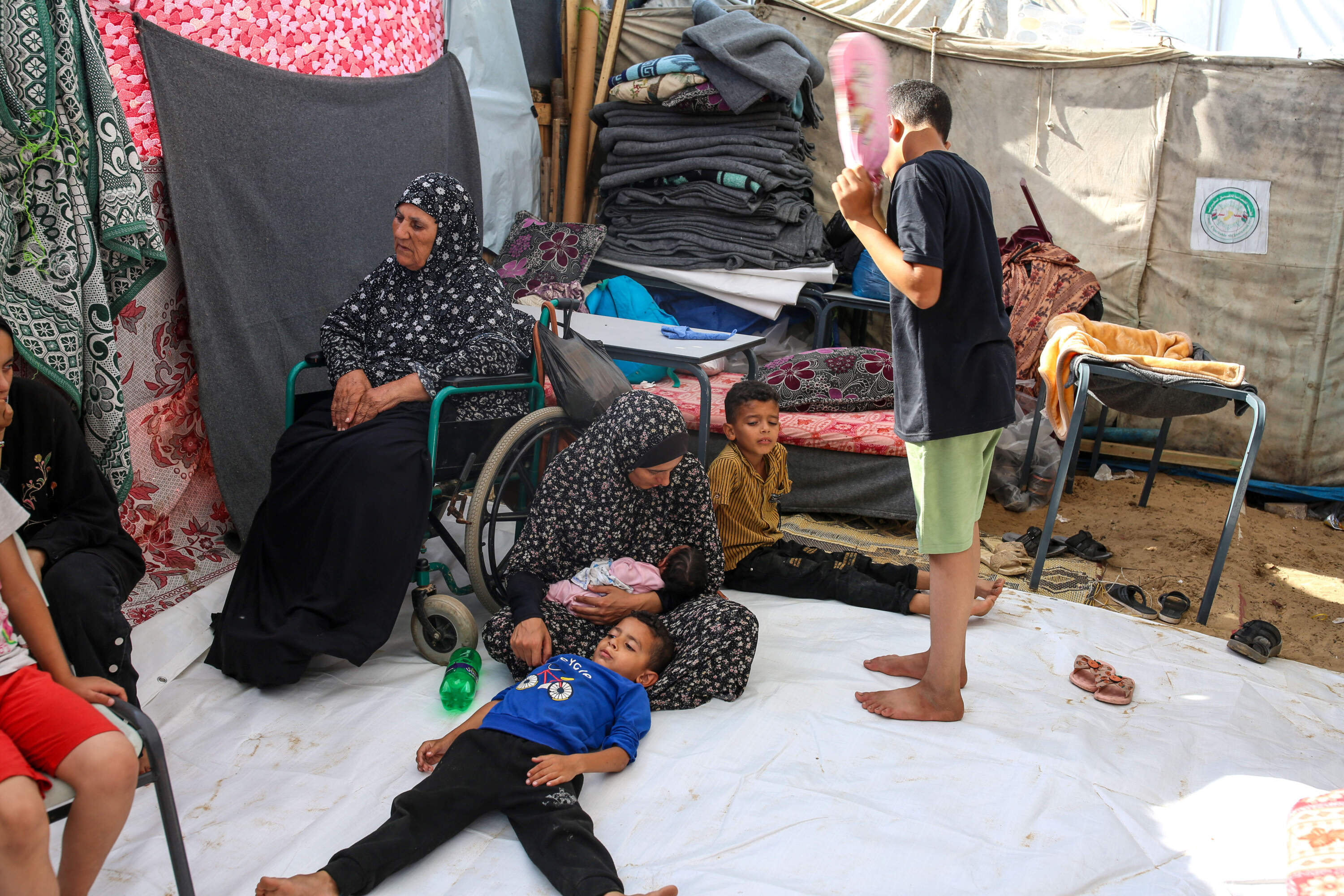
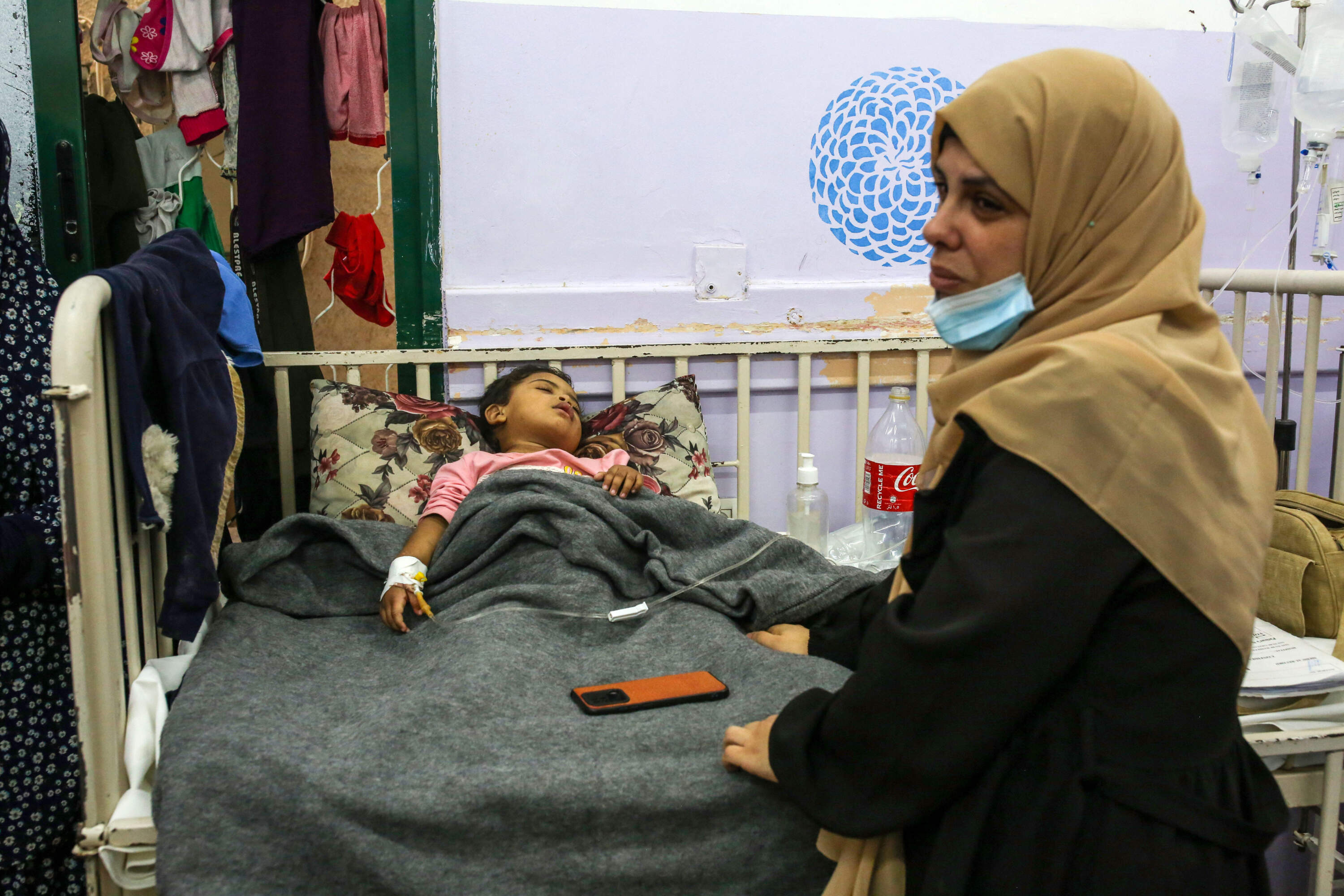
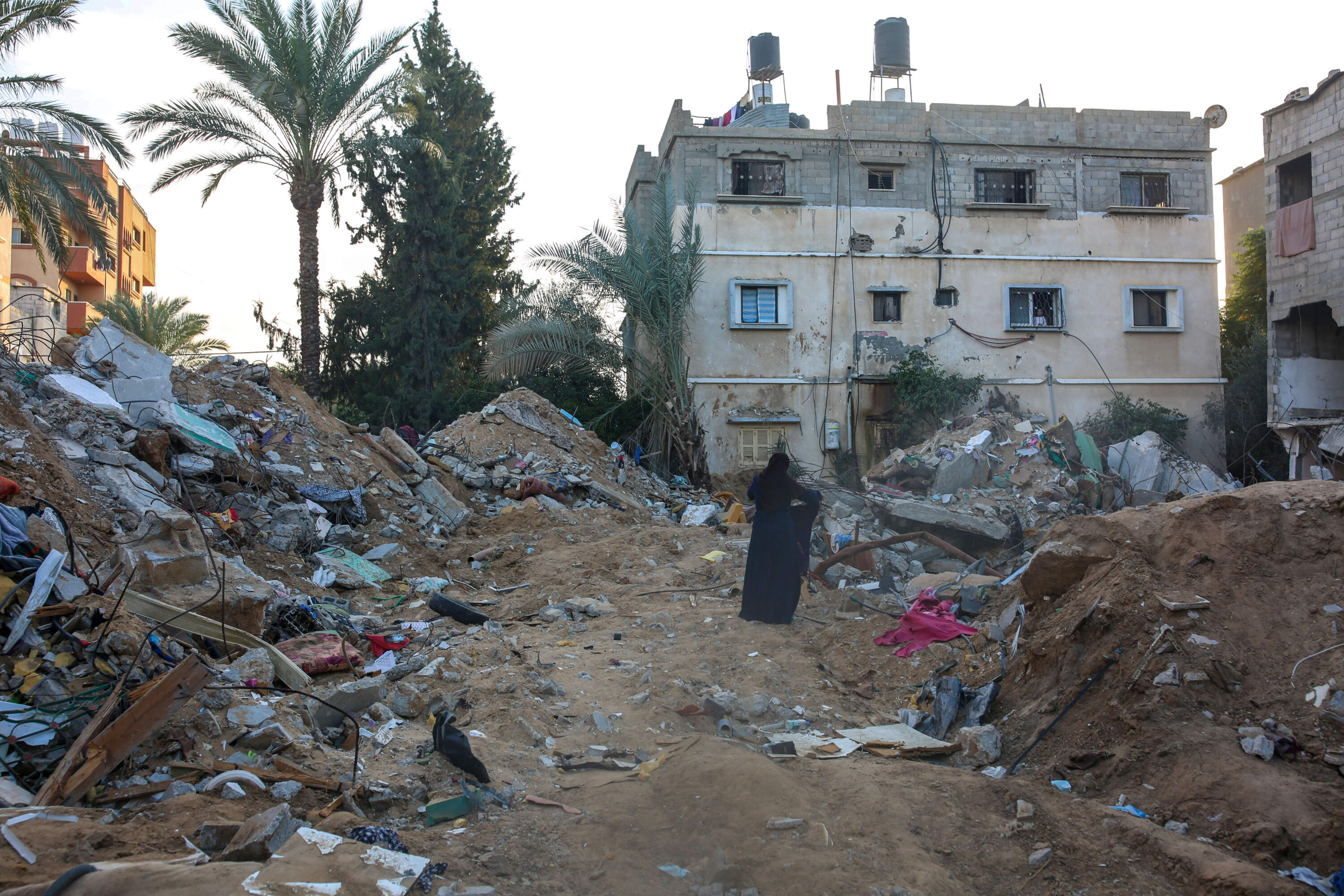
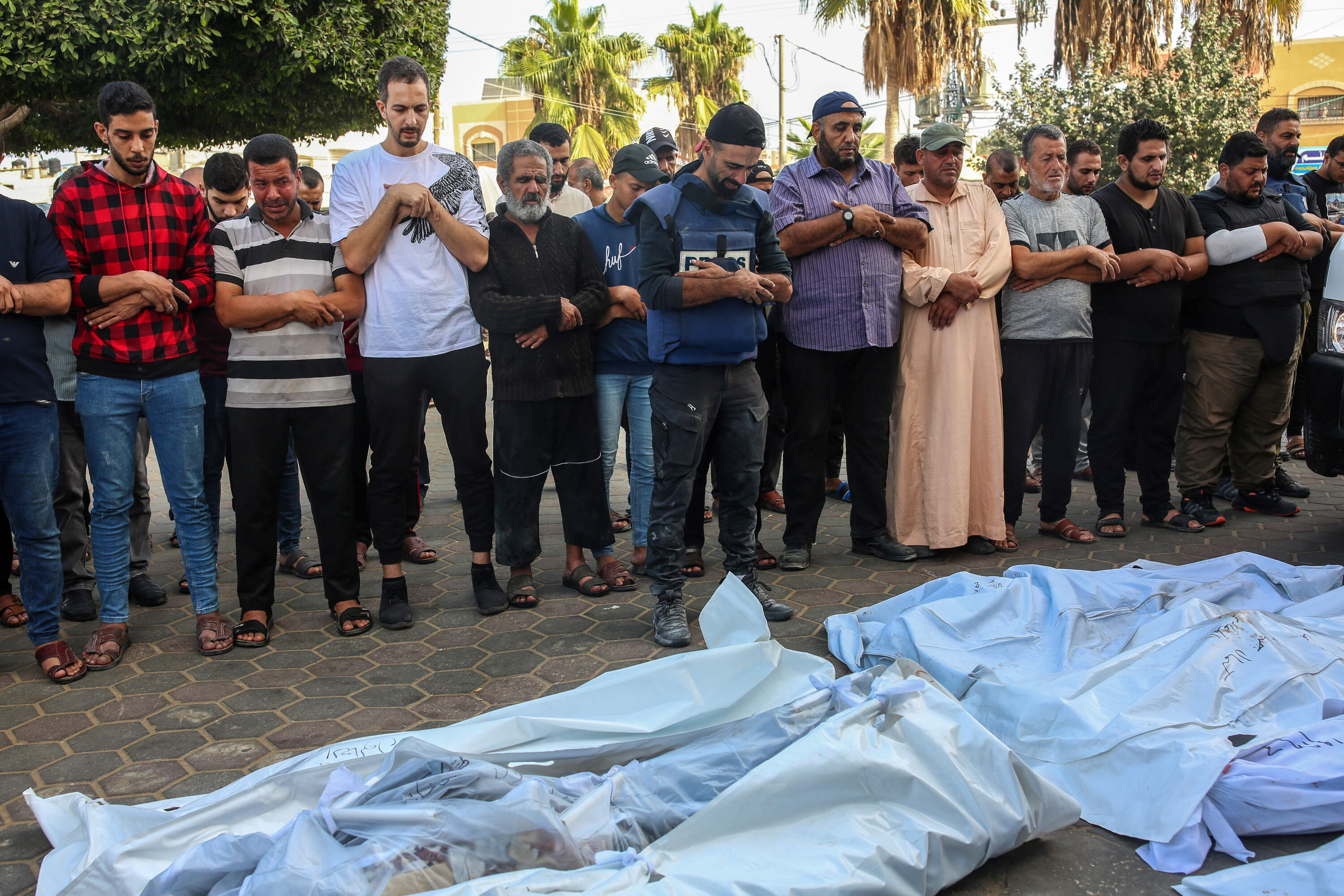
Editor's Note: WBUR was granted permission to republish these images. Go here for additional coverage of the crisis in the Middle East, including the latest news, in-depth reporting and perspectives on the war.
Karyn Miller-Medzon produced and edited this interview for broadcast with Todd Mundt. Grace Griffin adapted it for the web.
This article was originally published on March 18, 2024.
This segment aired on March 18, 2024.

